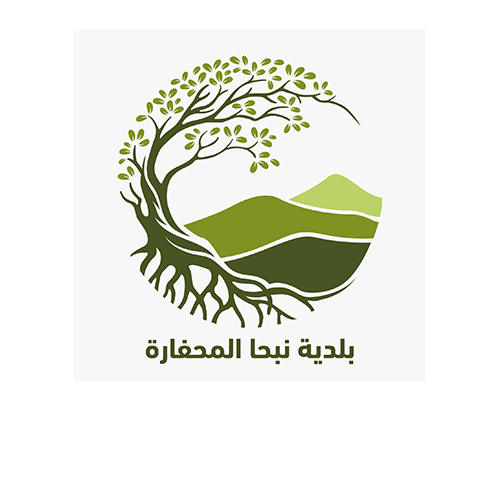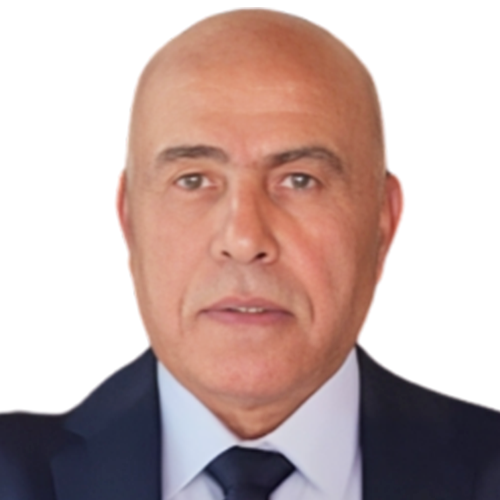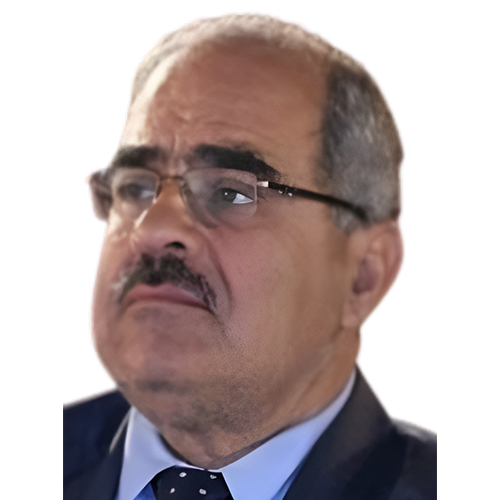
Nabha El Mouhfara Municipality
The Municipality of Nabha al Mehfara is a new municipality that was established in the year 2010 according to the decision of the Minister of Interior and Municipalities Mr. Ziad Baroud. The municipality council consists of nine members, and the municipality is in the center of the town. Nbaha al Mehfara is part of Deir el Ahmar region Union municipalities.
-
 from Monday to Friday (8:00 a.m - 3:00 p.m)
from Monday to Friday (8:00 a.m - 3:00 p.m)
-
 town's center
town's center
Municipal Productivity
Members

Malek Hadchity
President

Ghassan Keirouz
Vice President

Salem Keyrouz
Municipal Member

Sonia Hadchity
Municipal Member

Raymond Keyrouz
Municipal Member

Georges Hadchity
Municipal Member

Sami Dennawi
Municipal Member

Andre Hadchity
Municipal Member
General infos
Nabha Al-Mahfara is one of the towns of Al-Khayrat Governorate, Baalbek-Hermel Governorate, wonderful in its people, rich in its heritage and holiness, and adorned with the presence of the Church of Our Lady of Wonders, which is an example, model, and symbol of coexistence and familiarity between its Christian and Muslim sons.
Its name in Syriac is Nabhu, which means good climate or fresh air, and the excavation is a name given to it by our ancestors, which means the burial place, as the Romans used its stones and lands as a burial place for them, and these tombs are still spread throughout its lands until today.
In the past, it was a summer resort for the princes who lived in the city of the sun, Baalbek, the last of whom were the princes of the Harfush family. Due to its distinctive healthy climate, it is considered a destination for patients with asthma and other chest diseases, due to its fresh, dry air and its green nature in the summer, where oak and larch forests extend over large areas of its lands, and it is also covered with snow reaching up to Its thickness reaches more than a meter in winter, due to its height above sea level, which starts at about 1,150 meters and reaches 2,500 meters in its depths. It is about 100 km from the capital, Beirut, and about 22 km from the governorate center, Baalbek.
It lies on the eastern slope of the Western Lebanon Mountains with a very large area, surrounded by several villages: Nabha al-Qadam, Nabha al-Dumdum, Nabha al-Harfush, Harbta and Shaath, extending from Qarnet al-Sawda (Oyoun Argash) to the plain of Rasm al-Hadath.
It is noteworthy that the town of Nabha was destroyed during the Byzantine era, and it is said that meteorites hit it, where you find an area called the chasm, which is more than 150 meters deep and more than 30 meters in diameter, and there is another chasm 20 meters deep and 100 meters in diameter.
As for its historical features, they include the presence of Byzantine, Roman, and Crusader monuments, through the abundant mosaics, columns and capitals, in addition to ancient Roman cemeteries and a number of caves and grottoes.
Its religious shrines are represented by the presence of three churches and a mosque, two churches of Saint Anthony of Badawani, one of which is an antique, and the third is the miraculous Church of Our Lady of Nabha, where people from various Lebanese regions go for blessings and healing. The Christian and Muslim people of the town witnessed the miracle of recovery from cancer that occurred in the year 1959. There is also an invitation to Beatification by the Vatican for Ibn Nabha al-Mahfara Ghasiba Kayrouz. In the town, there is a mosque dating back to the last century and a new Husseiniya, where the majority of celebrations are held, whether Islamic or Christian, and many clerics from both sects attend them. They were an example and role model for all the people of the region of coexistence, familiarity and love that exists in what... between them.
Today, Nabha al-Mahfara is inhabited by several Christian and Muslim families from the: Kayrouz, Hadashiti, Amhaz, Wahba, Itawi, Dennawi, Qataya and others, and its population is about 2,500 people, as well as the clergy who worked to make their town an example of brotherhood and coexistence.
It has a number of springs and springs near the Ayoun Argash area, where grains, fig trees, grapes, pomegranates, and fruits such as apples and cherries are grown, as well as all kinds of vegetables, in addition to the presence of forests of perennial sage trees and oaks.










